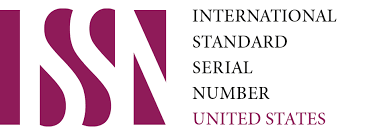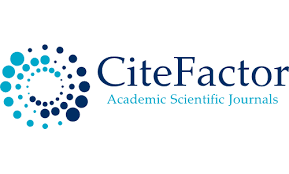Conceptual of frame and Domain in The Ambassadors for Henry James according to The Dynamic cognitive linguistics
Keywords:
The cognitive underpinnings, biological elements, Dynamic cognitive linguisticsAbstract
The cognitive approach in the methodology of scientific cognition must be supplemented with the discursive approach, which takes into consideration the dynamics of languages as a form of cognition. This approach allows revealing the origin of many cognitive forms and methods of formation analysis and interpretation of the text, their dialog nature. Language provides the basis on which creative and unique works of literature emerge. The human ability, or even desire, to tell, understand, watch, and create events in his mind. The human should return to an attempt to understand humans as they are. In view of serious advances in the sciences the goal seems to be somewhat more realistic, and there is more and more work pointing in that direction. Like other linguists, cognitive linguists study language for its own sake. They make an effort to define and explain its structure, its function, and how the language system carries out these duties. However, the idea that language reflects thought patterns is a key motivation for cognitive linguists to research language. As a result, to study language from this perspective is to investigate conceptualization patterns. By providing insights into the nature, structure, and organization of thoughts and ideas, language serves as a window into cognitive function. The assumption that language reflects some underlying qualities and design aspects of the human mind is the main way that cognitive linguistics differs from other approaches to the study of languages.
References
Cruse, A. and William Croft (2004): Cognitive linguistics, Cambridge University press. America.
Geeraerts, D. and Curyckens, H. (2007): The Oxford Hand Book of cognitive linguistics, Oxford University Press. New York.
Neissar, J.(2004).A cognitive Theory Of Magic A learner Press America.
Polyakov. V. and Solovyev . V. (2012): Cognitive modeling in linguistics. Bamberger. New York.
Ranchman, S.J and shafran, R. (1998): Cognitive And Behavioral Feauters Of Obsessive: compulsive disorder in R. P. Swenson. M, antonym,Ranchman M.A-Richter (eds).
Rowe JC. (1990): Equivocal endings in classic American Novels, The Scarlet letter; Adventures of Huckleberry Finn; the Ambassadors; the great Catesby. Cambridge University Press, New York first publishing 1988 Reprinted 1989, 1990.
Skousen, R. Lonsdale, D. (2002): Analogical modeling: An exemplar. Based approach to language, John Benjamin's publishing company, Amsterdam USA.
Tamly,L.(2000):Toward a Cognitive Semantics .MIT Press. The united states of America
Williams, M. (2009): Henry James and the philosophical. Novel Being and Seeing Cambridge University Press, New York . UK .
Downloads
Published
Issue
Section
License

This work is licensed under a Creative Commons Attribution-NonCommercial 4.0 International License.
User Rights
Under the Creative Commons Attribution-NonCommercial 4.0 International (CC-BY-NC), the author (s) and users are free to share (copy, distribute and transmit the contribution).
Rights of Authors
Authors retain the following rights:
1. Copyright and other proprietary rights relating to the article, such as patent rights,
2. the right to use the substance of the article in future works, including lectures and books,
3. the right to reproduce the article for own purposes, provided the copies are not offered for sale,
4. the right to self-archive the article.













